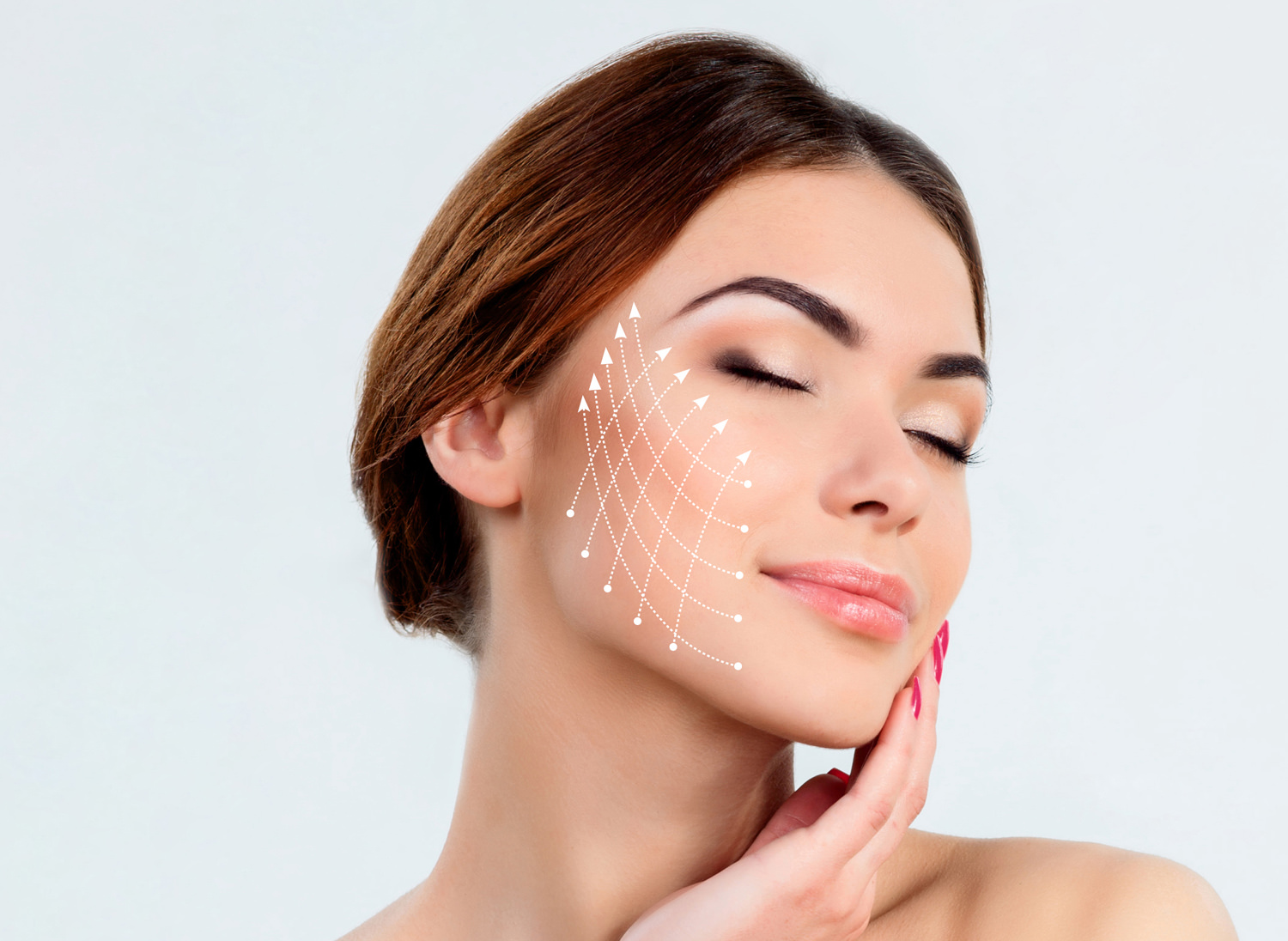

In the realm of modern cosmetic enhancements, the emergence of High-Intensity Focused Ultrasound (HIFU) has sparked a transformative approach to skin tightening, often hailed as a noninvasive and painless alternative to traditional facelifts. By harnessing the power of ultrasound energy, HIFU Facial Treatment stimulates the body’s natural collagen production, leading to visibly firmer and more youthful skin. Let’s delve deeper into this revolutionary technology and its implications for the world of aesthetics.
While its roots trace back to medical applications such as tumor treatment, HIFU made its aesthetic debut around 2008, unveiling a novel approach to beauty enhancement. Subsequently, in 2009, the U.S. Food and Drug Administration (FDA) approved HIFU’s use in brow lifts, followed by clearance in 2014 for addressing wrinkles and lines on the upper chest and neckline. This transition from medical to aesthetic applications marked a significant turning point in the world of cosmetic treatments.
Clinical trials, though limited in scale, have showcased the safety and efficacy of HIFU in lifting and refining facial features while reducing wrinkles. Notably, results become apparent within months of treatment, obviating the need for surgical risks and recovery periods. These trials not only validate the potential of HIFU but also offer individuals a noninvasive solution for achieving a more youthful appearance.
HIFU isn’t universally applicable. Generally, it proves most effective for individuals above 30 years with mild-to-moderate skin laxity. Photodamaged or extensively loose skin might necessitate multiple sessions for visible results. Conversely, elderly individuals with pronounced photoaging, severe skin laxity, or substantial neck sagging might find surgical options more suitable. Understanding the target audience for HIFU facial treatment ensures that individuals can make informed decisions about their beauty enhancement journey.
Diving into the science, HIFU leverages focused ultrasound energy to target subcutaneous skin layers. This precise energy application triggers rapid tissue heating, inducing controlled cellular damage. Curiously, this damage prompts cells to ramp up collagen production, a vital protein for skin structure. The result: smoother, tighter skin with diminished wrinkles. Importantly, since the ultrasound focuses on specific tissue areas beneath the skin, surface layers remain unharmed. This scientific insight demystifies the technology behind HIFU and highlights its mechanism of action.
The American Society for Aesthetic Plastic Surgery (ASAPS) reports a crescendo of interest in HIFU and other nonsurgical facelift alternatives between 2012 and 2017. The allure of HIFU lies in its ability to deliver a myriad of aesthetic benefits, making it a star on the stage of modern beauty treatments. HIFU emerges as a symphony of aesthetic advantages, each note harmonizing to compose a masterpiece of beauty enhancements. The symphony includes:
Like a skilled conductor smoothing out creases in a musical score, HIFU orchestrates the reduction of wrinkles, creating a smoother canvas for youthful skin to take center stage.
Addressing the notorious ‘turkey neck,’ HIFU’s harmonious energy tightens and firms the neck area, restoring elegance to the delicate composition of the neck.
HIFU acts as a virtuoso conductor, lifting and elevating cheeks, eyebrows, and eyelids, resulting in a harmonious and balanced facial appearance.
Just as a skilled musician defines each note with precision, HIFU defines the jawline with finesse, enhancing its contours for a more sculpted appearance.
HIFU extends its artistry beyond the face, extending its tightening effects to the neck and upper chest area, creating a seamless transition from face to décolletage.
With the grace of a dancer gliding across the stage, HIFU smoothes the skin’s texture, erasing imperfections and creating a canvas that radiates a youthful glow.
During HIFU facial treatment, minor discomfort akin to electric pulses or gentle prickling might arise. Prudent use of pain relievers like acetaminophen or nonsteroidal anti-inflammatory drugs (NSAIDs) could mitigate this sensation. Temporary redness or swelling post-treatment is common and subsides within hours. The HIFU procedure entails minimal preparation. Makeup and skincare products should be removed from the target area. The process unfolds as follows:
The procedure may evoke warmth and tingling due to the applied ultrasound energy. Any discomfort can be managed with pain medication. After treatment, you’re free to resume daily activities immediately.
In the hands of a skilled professional, HIFU is remarkably safe. Recovery is swift, with minor redness or swelling that dissipates quickly. A gentle tingling sensation might persist temporarily. Rare instances of temporary numbness or bruising can occur, resolving within days. Understanding potential side effects and recovery processes equips individuals with the knowledge to approach HIFU facial treatment confidently.
In sum, HIFU stands as a groundbreaking avenue in skin rejuvenation, coupling science and aesthetics to redefine beauty treatments for the contemporary individual. Its noninvasive nature, coupled with visible results and minimal downtime, presents a compelling alternative to traditional facelifts. As technology advances and clinical research continues, HIFU is poised to shape the future of cosmetic enhancements, empowering individuals to embrace their desired aesthetic transformations.
Goodr sunglasses are well-known for their style, performance, and affordability. As a company that strives…
Active listening is always underestimated as a vital skill in academic environments, yet its value…
Shannon Sharpe, a Pro Football Hall of Famer and current ESPN analyst, is the subject…
Elizabeth Hurley and Billy Ray Cyrus announced their love connection on Easter Sunday, April 20,…
For good reason—they're quick, tasty, and loaded with nutrients—smoothies have become a health craze. Smoothies…
It's easy to overlook the little things. The desk you work at. The chair you…